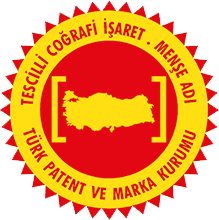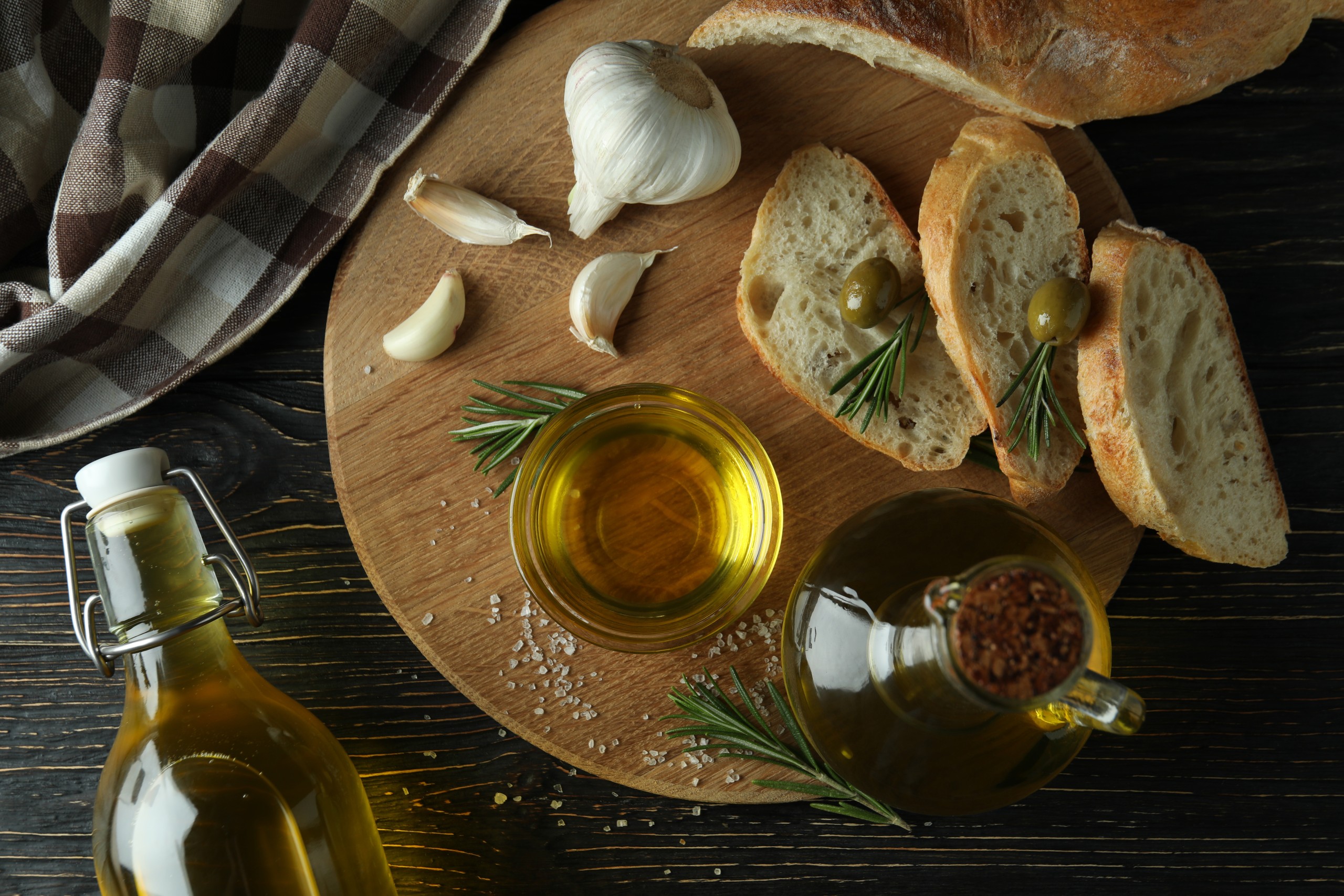Olive oil is not only delicious but also offers numerous benefits for well-being. As one of the cornerstones of Mediterranean cuisine, olive oil has become a staple in kitchens, adding flavor and lightness to meals. Rich in vitamins and minerals, natural olive oil contains monounsaturated fats that support heart health. However, the use of olive oil in cooking goes far beyond just salads! From breakfast to dinner, it can be used in a variety of dishes.
In this article, we’re sharing 5 practical and tasty recipes you can make with olive oil. Let’s get started!
1.Oven-Roasted Vegetables with Olive Oil
Oven-roasted vegetables are a healthy and tasty alternative. Thanks to olive oil, vegetables gain a wonderful aroma and develop a crispy texture as they roast.
Ingredients:
- 1 red bell pepper
- 1 zucchini
- 2 carrots
- 1 eggplant
- 2 tablespoons of olive oil
- 2 cloves of garlic (crushed)
- 1 teaspoon of thyme
- 1 teaspoon of rosemary
- Salt and black pepper
Instructions:
- Wash and chop the vegetables. Slice the carrots and eggplant thinly for even cooking.
- In a bowl, mix the olive oil, garlic, thyme, and rosemary.
- Add the vegetables to the mixture and toss well.
- Spread the vegetables on a baking sheet lined with parchment paper and roast in a preheated oven at 180°C (350°F) for 25-30 minutes.
- Serve the roasted vegetables warm or at room temperature.
Tip: Feel free to use any vegetables you like. Celery, broccoli, or potatoes would also be great additions to this mix.
2.Olive Oil Hummus
Hummus, a beloved Middle Eastern dip, gains an extra boost of flavor with olive oil. Plus, it’s quite simple to make.
Ingredients:
- 1.5 cups of cooked chickpeas
- 2 tablespoons of tahini
- 2 tablespoons of olive oil
- 2 cloves of garlic
- Juice of 1 lemon
- 1 teaspoon of cumin
- Salt
Instructions:
- Add the chickpeas to a food processor. Add tahini, olive oil, garlic, lemon juice, cumin, and salt.
- Blend until smooth. If the mixture is too thick, add a little water to reach your desired consistency.
- Transfer the hummus to a serving dish, drizzle with more olive oil, and garnish with paprika or cumin.
Tip: To elevate the flavor, try adding roasted red peppers or avocado to your hummus.
3.Olive Oil Spinach Dish
One of the classics of olive oil-based dishes, spinach with olive oil is both light and nutritious.
Ingredients:
- 1 kg of spinach
- 1 onion
- 3 tablespoons of olive oil
- 1 tablespoon of rice
- 2 cloves of garlic
- 1 cup of grated tomatoes
- Salt and black pepper
Instructions:
- Thoroughly wash and chop the spinach.
- Heat the olive oil in a pan, add the chopped onion and garlic, and sauté until softened.
- Once the onions turn golden, add the grated tomatoes and cook for a few minutes.
- Add the rice and chopped spinach. Add a little water and cook on low heat until the rice is tender.
- Season with salt and pepper, and serve warm or at room temperature.
Tip: For an added touch, serve with yogurt on the side to complement the dish.
4.Olive Oil and Tomato Bruschetta
A favorite Italian appetizer, bruschetta is prepared with olive oil and fresh tomatoes, making it a quick and light starter.
Ingredients:
- 4 slices of sourdough bread
- 3 ripe tomatoes
- 2 tablespoons of olive oil
- 2 cloves of garlic
- Fresh basil
- Salt and black pepper
Instructions:
- Dice the tomatoes and place them in a bowl. Add olive oil, finely chopped basil, garlic, salt, and pepper.
- Lightly toast the bread slices on a grill or in the oven.
- Spoon the tomato mixture evenly over the toasted bread slices.
- Drizzle with more olive oil and serve immediately.
Tip: Add fresh mozzarella to make it a more filling appetizer.
5.Olive Oil and Lemon Chicken
Olive oil works wonders in chicken dishes, and this recipe combines lemon and olive oil for a light and flavorful chicken dish.
Ingredients:
- 4 chicken breasts
- 3 tablespoons of olive oil
- 2 tablespoons of lemon juice
- 1 clove of garlic (crushed)
- 1 teaspoon of thyme
- Salt and black pepper
Instructions:
- Place the chicken breasts in a bowl and add olive oil, lemon juice, garlic, thyme, salt, and pepper. Mix well and let marinate for at least 30 minutes.
- Cook the marinated chicken on a grill or in a pan.
- After cooking, drizzle with a little more olive oil and lemon juice, then serve.
Tip: Serve with a fresh salad garnished with greens for a more colorful and nutritious meal.
Olive oil is a miraculous ingredient that adds versatility, lightness, and flavor to your meals. From roasted vegetables to delicious hummus, olive oil-based dishes bring both taste and health to your table. By trying out these simple recipes, you can enjoy healthy meals and serve your family and guests flavorful dishes. It’s time to get into the kitchen and try these amazing recipes! Enjoy!




